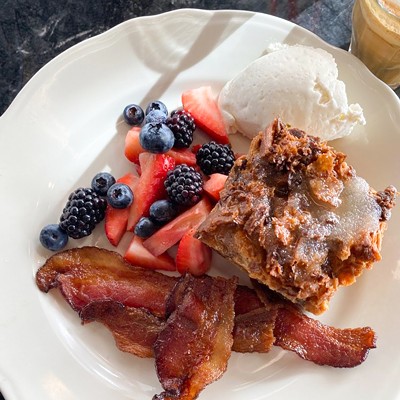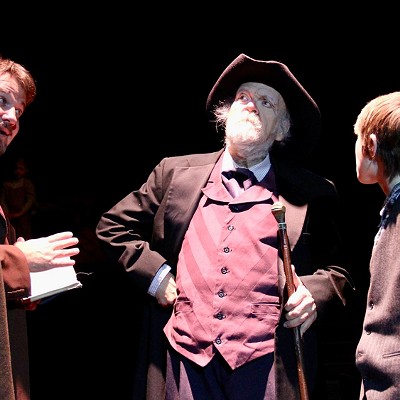
Photo: International Arts
Prepare to be tricked. With the Oklahoma City Museum of Art’s latest exhibition, what visitors see is not necessarily what is.
Now on display through April 21, Photorealism Revisited contains 64 works by 38 artists, from Oklahoma to the other side of the world. While the subjects depicted vary from landscapes and still life to bodies both human and automotive, they share one distinct element.
“They’re all paintings, even though they look highly photographic,” said Jennifer Klos, the museum’s associate curator.
In the photorealism movement, which began in 1960s America, artists rely on photographs to create works that appear to be photographs. Sometimes, Klos noted, the end result may be a composite of several images.
“You’re also looking at [an artist’s] interpretation. They take from the photograph what they want,” she said.
But no matter the number of snapshots sourced, “There’s no detail that’s been left behind. Sometimes the brush stroke is undetectable,” Klos said. “Details are accurate enough that we treat it as a real photograph.”
As with the movement in general, most of the Revisited pieces
are paintings. One notable exception is New York-based artist Chuck
Close’s depiction of his wife’s face, rendered not with a brush, but his
thumbprints — a remarkable detail unnoticed until viewed up close and
personal.
Klos said
many of the exhibition’s works — ranging from 1970 to the tail end of
2012 — sport photographic techniques to help sell the illusion, whether
cropping, blurring or light reflection.
“Light creates that three-dimensionality that gives it a lifelike quality,” she said.












